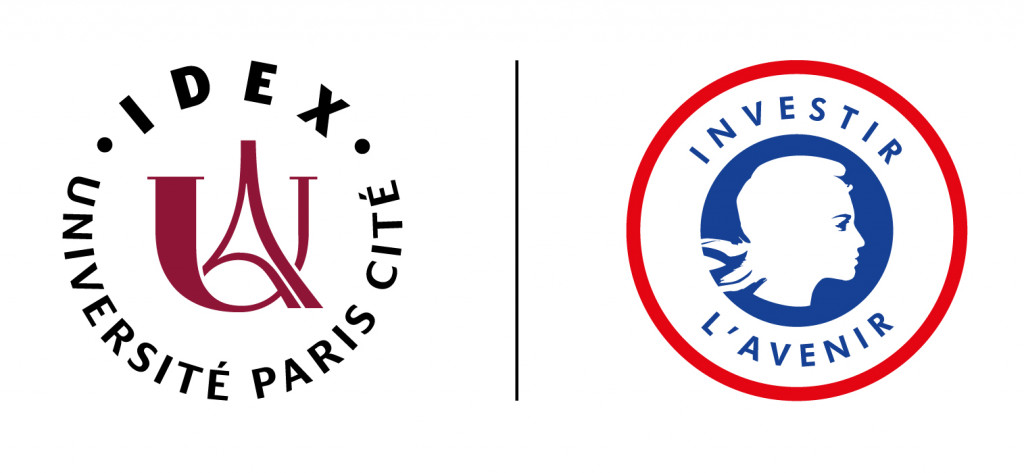Do Less Harm
Do Less Harm

 Actualité Sciences Po
Actualité Sciences Po
LIEPP's Discriminations and Social Inequalities Research Group is glad to invite you to attend the lunch-seminar held on:
"Do Less Harm: Evaluating HIV Programmatic Alternatives in Response to Cutbacks in Foreign Aid"
Thursday December 14th, 12:30 pm - 2:30 pm
LIEPP's Seminar Room
254 boulevard St-Germain, 75007 Paris
(sandwich lunch will be offered)
Please click the following link to register
.jpg) |
Professor of Public Health, Professor of Management, and Professor in the Institution for Social and Policy Studies (Yale School of Public Health) "Do Less Harm: Evaluating HIV Programmatic Alternatives in Response to Cutbacks in Foreign Aid" |
Discution by : Henri Bergeron, CNRS Reseracher, CSO/LIEPP, Scientific coordinator of the Sciences Po-FNSP Health Studies Chair
Abstract:
Objective: To evaluate the clinical, epidemiologic, and budgetary consequences of alternative HIV program scale-back strategies in 2 recipient nations, the Republic of South Africa (RSA) and Côte d'Ivoire (CI).
Design: Model-based comparison between current standard and scale-back alternatives, including reduced HIV detection, no ART or delayed initiation, reduced investment in retention, and no viral load monitoring or second-line ART.
Data Sources: Published RSA- and CI-specific estimates of the HIV care continuum, ART efficacy, and HIV-related costs.
Target Population: HIV-infected persons, including future incident cases.
Time Horizon: 5 and 10 years.
Perspective: Modified societal perspective, excluding time and productivity costs.
Outcome Measures: HIV transmissions and deaths, years of life, and budgetary outlays (2015 U.S. dollars).
Results of Base-Case Analysis: At 10 years, scale-back strategies increase projected HIV transmissions by 0.5% to 19.4% and deaths by 0.6% to 39.1%. Strategies can produce budgetary savings of up to 30% but no more. Compared with the current standard, nearly every scale-back strategy produces proportionally more HIV deaths (and transmissions, in RSA) than savings. When the least harmful and most efficient alternatives for achieving budget cuts of 10% to 20% are applied, every year of life lost will save roughly $900 in HIV-related outlays in RSA and $600 to $900 in CI.
Results of Sensitivity Analysis: Scale-back programs, when combined, may result in clinical and budgetary synergies and offsets.
Limitation: The magnitude and details of budget cuts are not yet known, nor is the degree to which other international partners might step in to restore budget shortfalls.
Conclusion: Scaling back international aid to HIV programs will have severe adverse clinical consequences; for similar economic savings, certain programmatic scale-back choices result in less harm than others.










